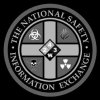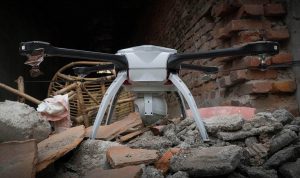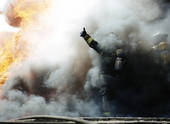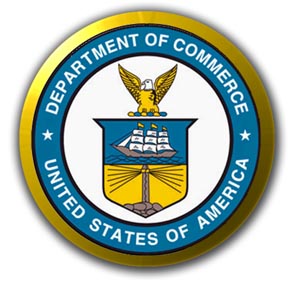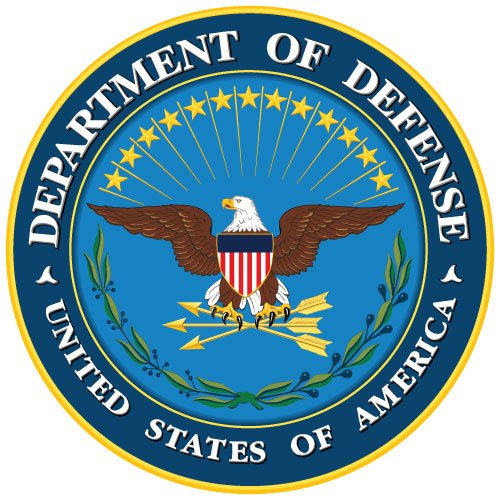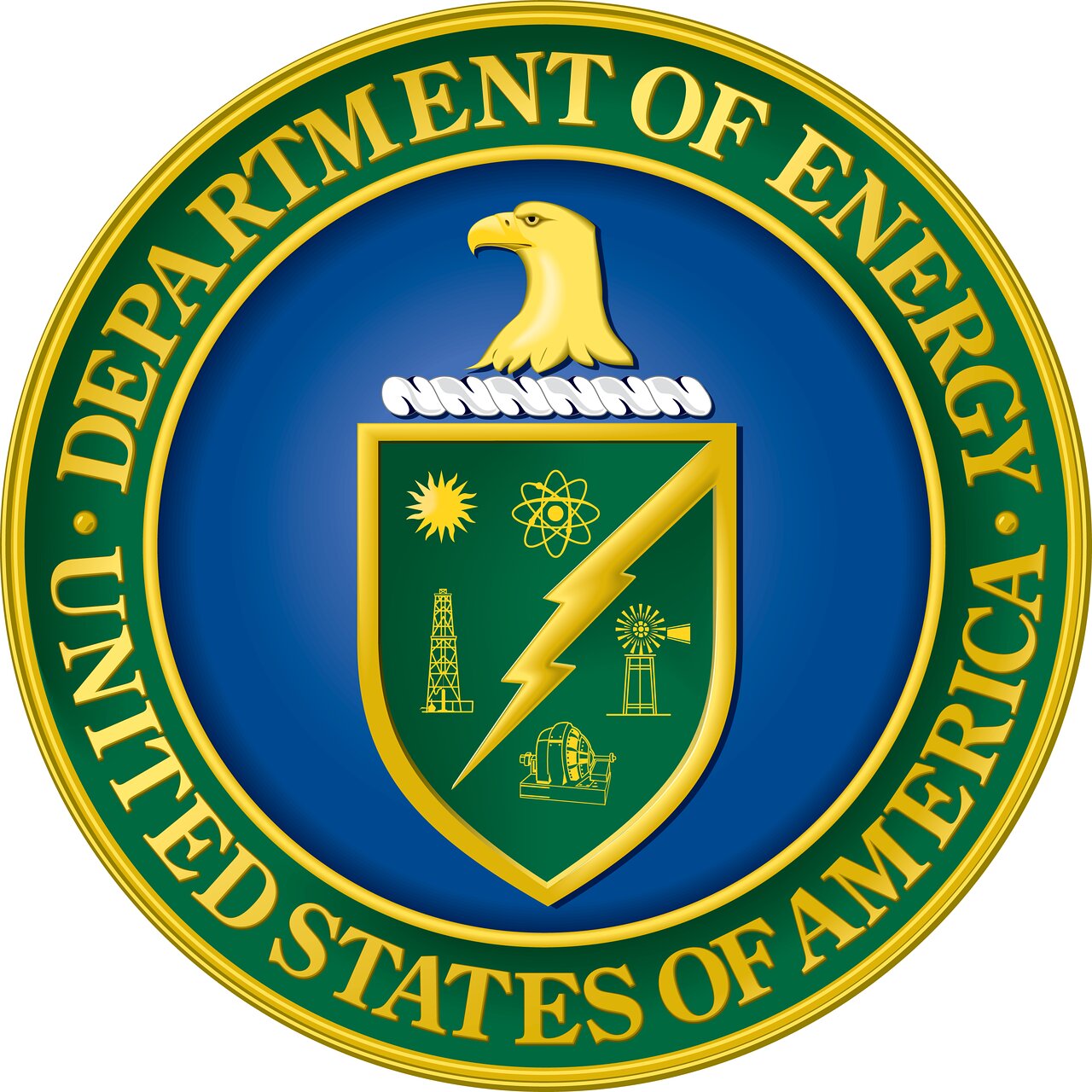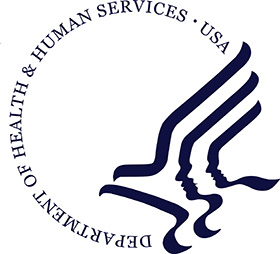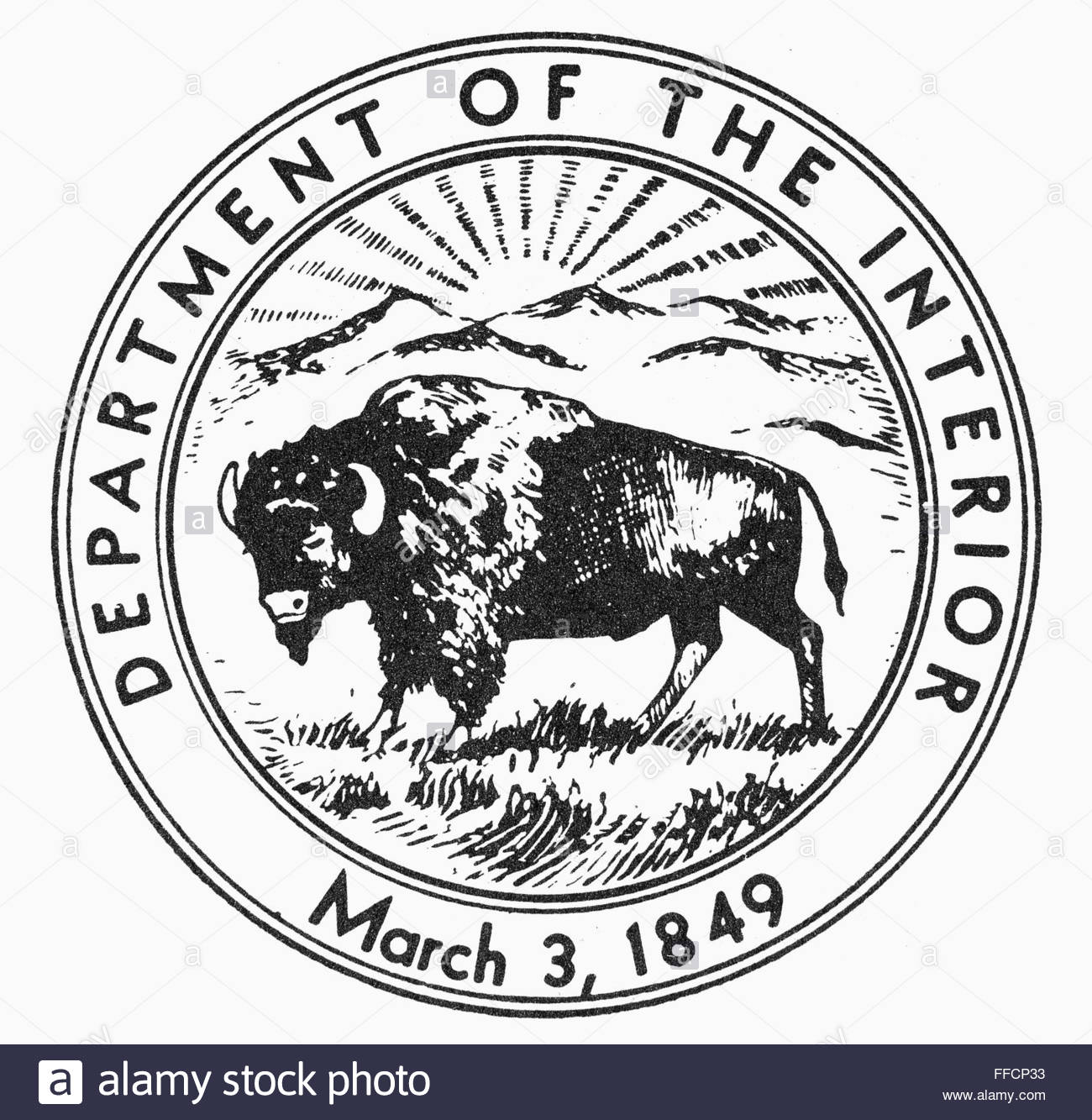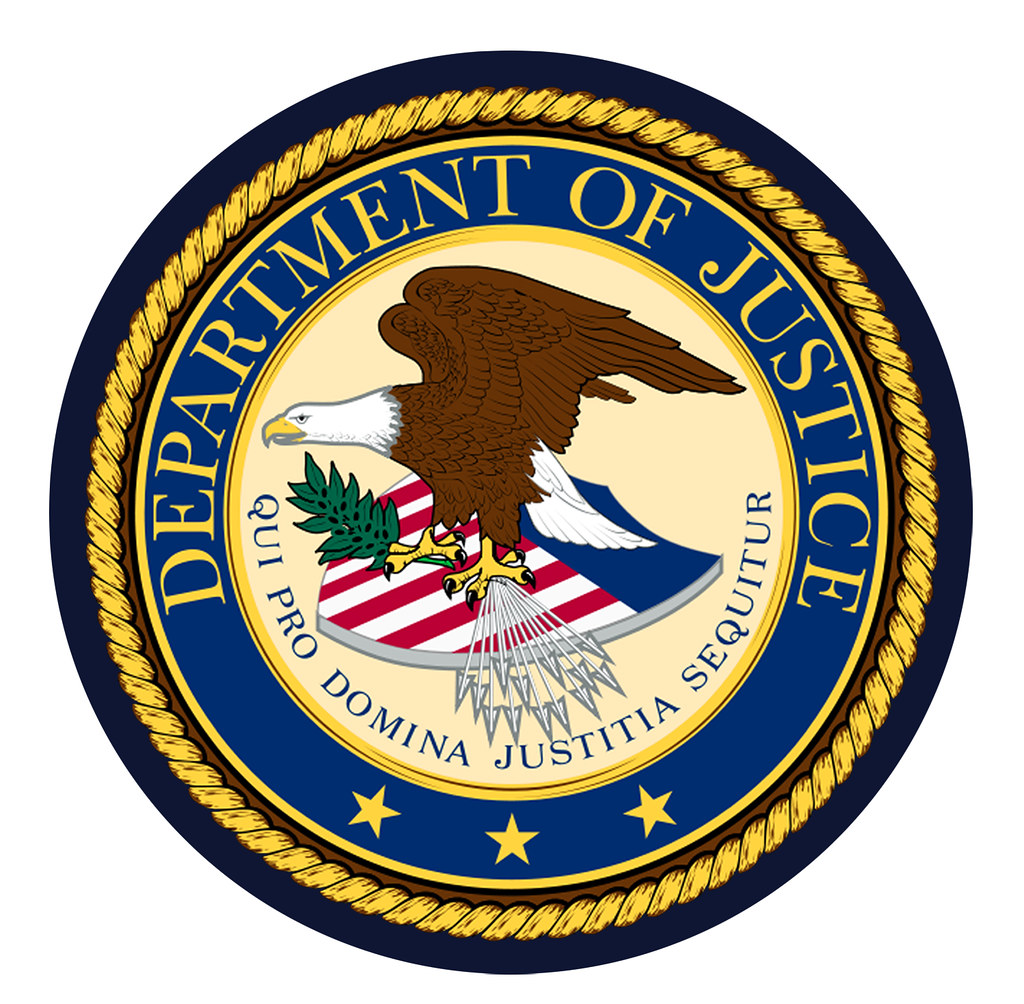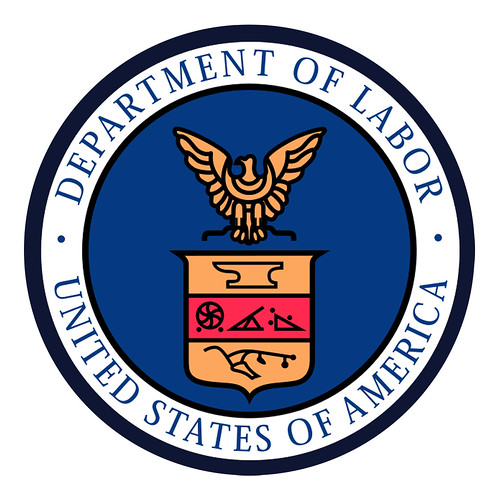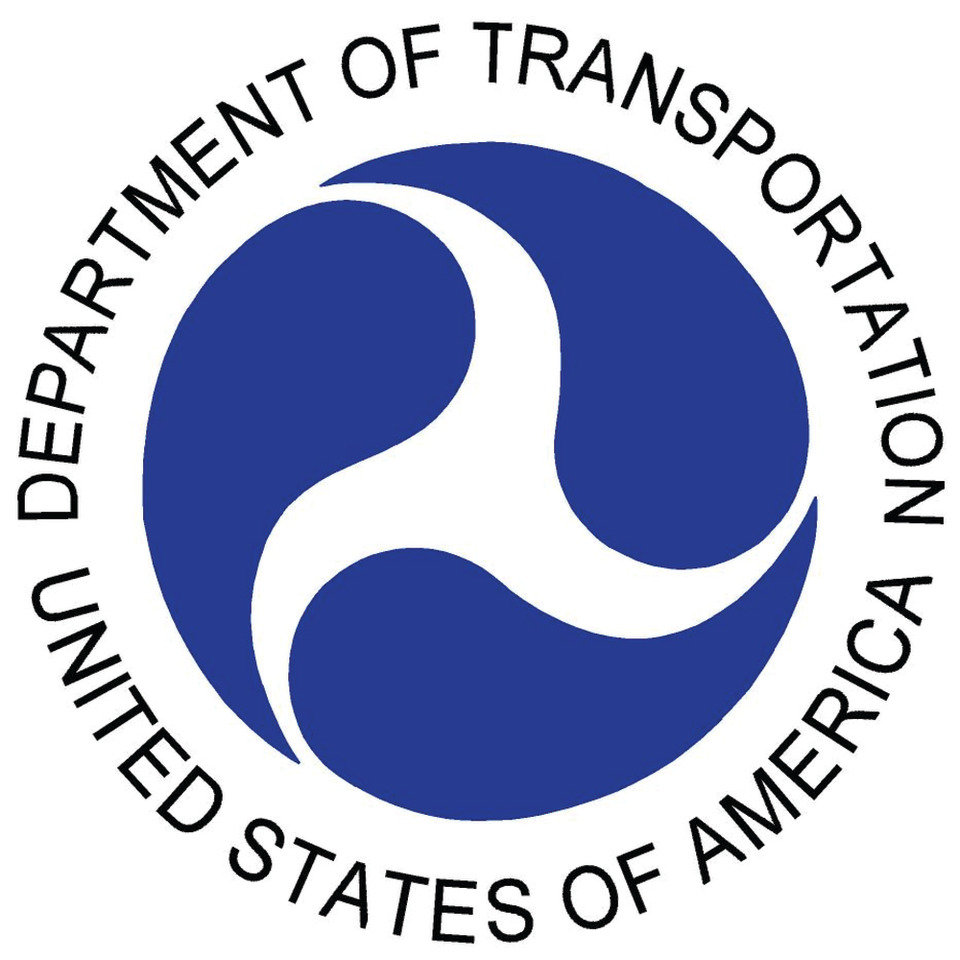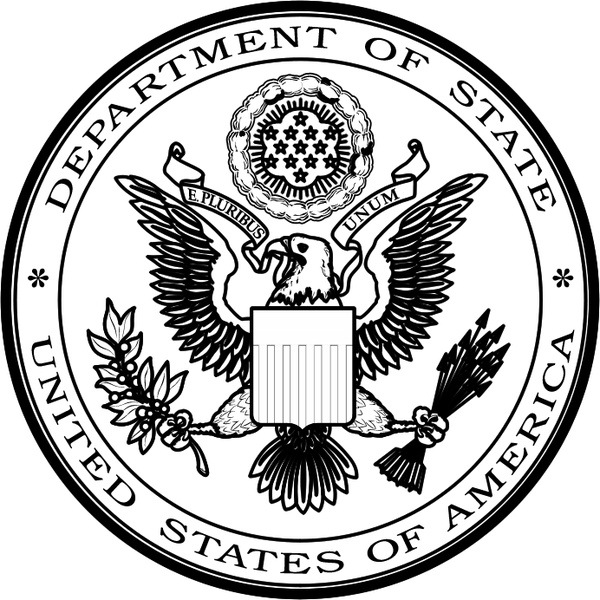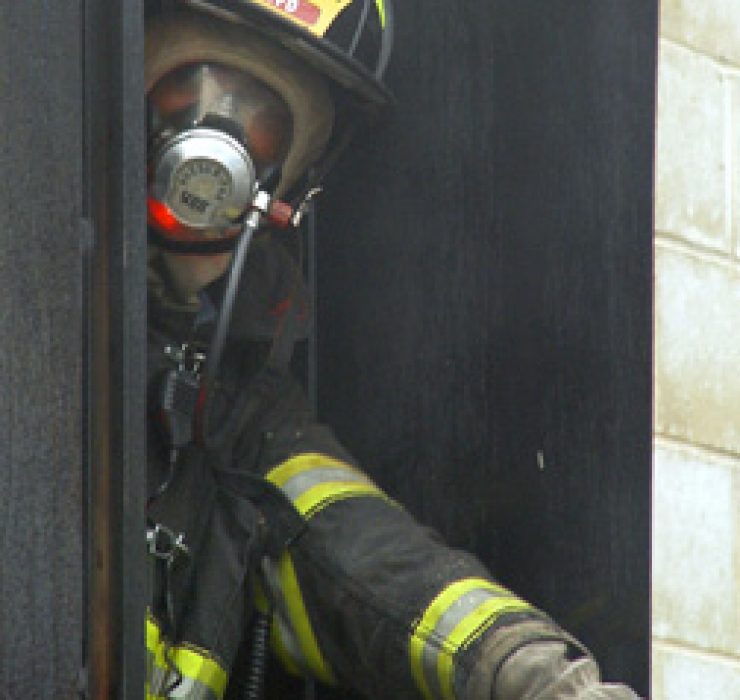
Safety Guidelines

is in your hands



Safety Guidelines for First Responders
&
Disaster Workers
Before you consider stepping into another emergency or disaster site, stake a claim in assuring your safety. This course with it’s supporting reference and resource data will expand your knowledge of response and operational readiness significantly.
This is where you learn that “YOU” are responsible for your safety and health. We just provide you some of the tools needed to make sure that happens.
- Preface & Introduction
- Nature & Purpose of this Work
- Orientations and Safety Briefings
- Dangers, Exposures, Hazards & Threats
- How Events are Managed
- Pre-Deployment
- Reality of Injuries, Illness and Death
- Funding
- Training
- Communication
- Risk Management
- Disaster Sites
- Personnel Protective Equipment (PPE)
- Annexes
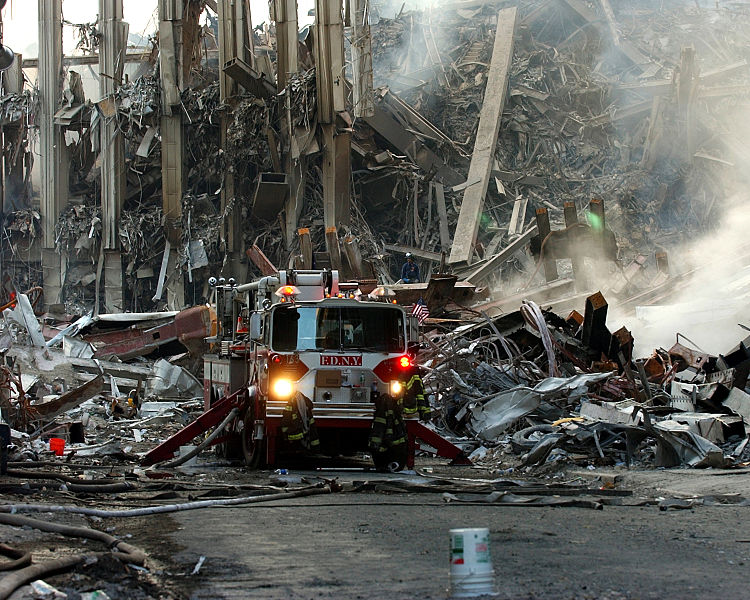
Every event that Responders and Workers’ is unique and will bring with it exposures and hazards that have not been seen or present before. The Safety Guidelines for First Responders and Disaster Workers’ is the most comprehensive curriculum that will provide all personnel the most significant baseline orientation and the tools necessary to help assure their safety and health.
OPEN REFERENCE DATA
SAFETY TECHNOLOGY ADVANCES
The technological advances being made within the safety industry is extensive. I’m sure we are only scratching the surface but want to share as much as we can to spark your interest. Keep looking, keeping asking the questions….. That’s how we get the answers were looking for.
There are numerous categories which involve advances in safety technology. The following are but a few. Check back with us from time to time or share with us findings you’ve made.
Construction
Drones (UAV)
Environmental
Fire-Rescue
Food Safety
Industrial
Personnel Protective Equip.
Safety Critical Systems
COVID-19
This changed everything
The strain placed on all first responders, first receivers and the our entire population has been enormous. The unimaginable has occurred. This is the largest major worldwide pandemic since the Spanish Flu of 1918.
It has changed the way we respond and how we react to other emergency or disaster events in the midst of the pandemic.
What Happens if a “Big One” Strikes During the Pandemic?
Robert George Andrews ( The Atlantic)
Our Professional Instructors
We have taken more than a decade to scour the institutions, and information sources necessary to compile and meld together the most comprehensive educational saftey tool ever constructed.
-
Everett Long
Safety Professor -
Ken Skelly
Safety Professor
Students Testimonials
Having such a well organized and structured source of training for the safety and health of First Responders and Disaster Workers is paramount to minimizing injury, illness or death to those that risk everything to respond to emergencies and disasters that strike our nation, state and communities continually. Our preparedness leads to a more effective and efficient outcome to all respsonders and those impacted.



